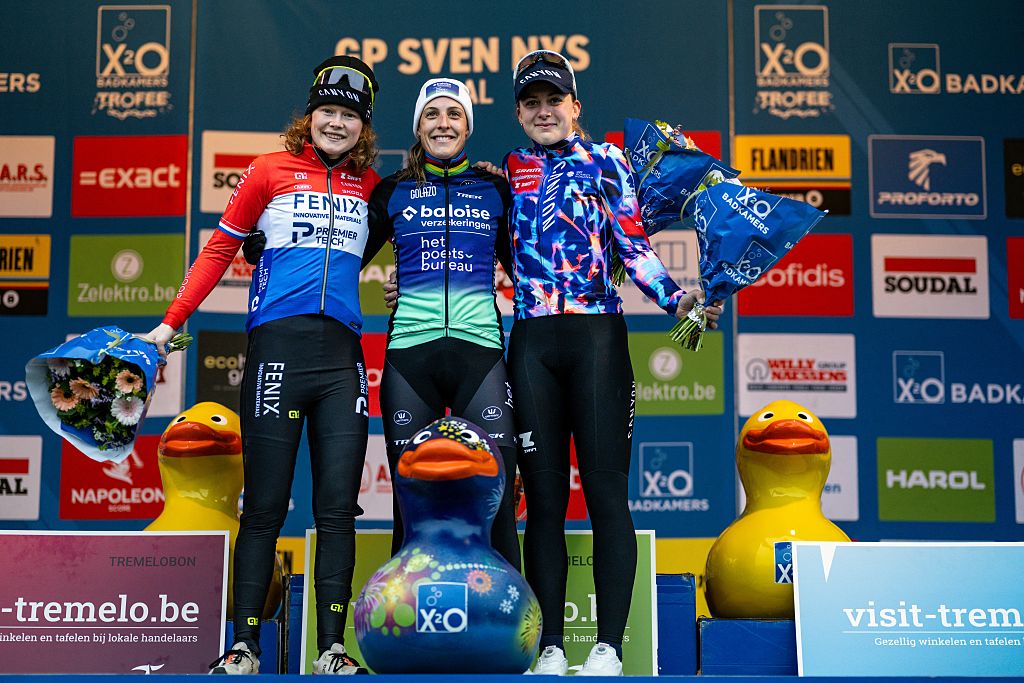Australian pioneers
Remembering the "first" Women's Tour de France
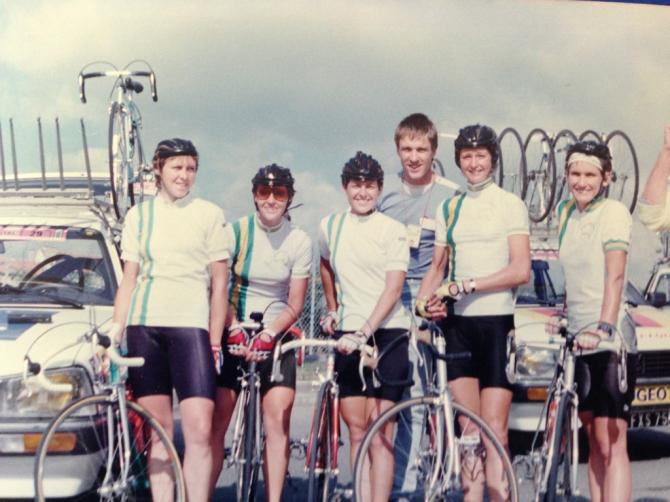
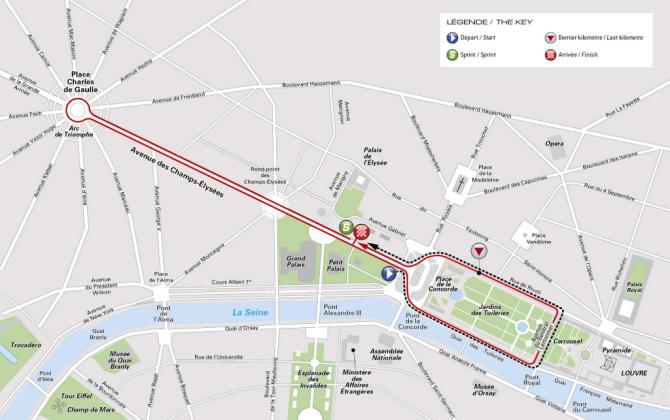
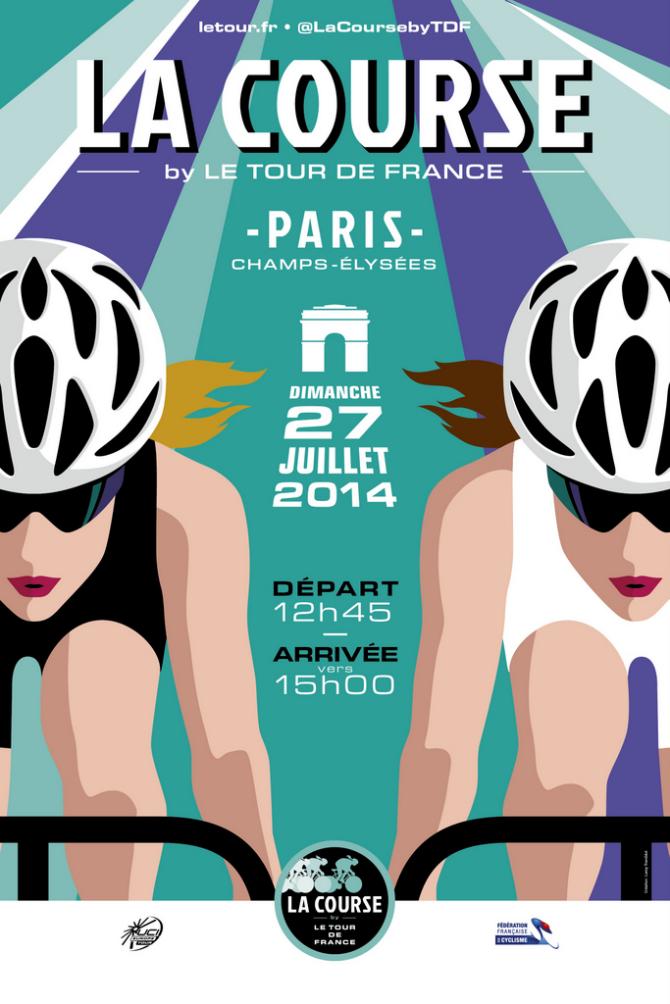
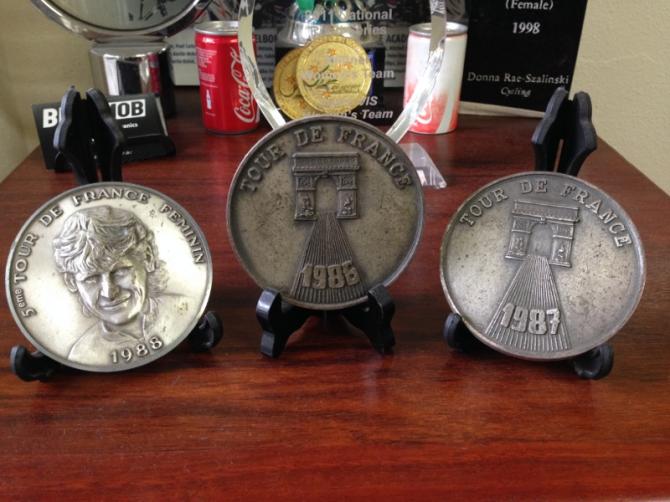
Today the women's peloton makes a triumphant return to Paris's Avenue de Champs Élysées 30 years after the first Tour de France feminine to race La Course by Le Tour de France. While the new peloton of 2014 is looking forward to the one-day 89km event, when the Australian national team of the late-1980's raced on the Champs Élysées, it was a celebratory lap of victory having completed La Grande Boucle.
The women's La Course event is the result of a lot of hard work by a lot of people and is an important new event on the women's cycling calendar. While the event with its onboard live footage and equal pay is worth celebrating, it is important to remember that a women's Tour held on the same roads over the same parcours as the men, was once a reality and well received event.
For Australians with a passing interest in the Tour de France, the successes of Phil Anderson piqued fans and cyclists alike down under during the 1980's and several young Australians who weren't even riding bikes in the middle of that decade would go on to represent their nation in the women's equivalent race.
In 1986, an Australian women's national team which was selected on performances at the nationals, held in September, and the Oceania championships, headed off to Europe with the world championships in Colorado their final destination of the trip.
Liz Hepple and Dona Rae-Szalinski were both members of the six-person team and shared their memories with Cyclingnews about their experiences racing the Tour.
1986 was the first year that both women raced overseas and naturally, Hepple found racing in Australia with men was perfect preparation for adjusting to life in the European bunch.
"In Australia we'd be lucky to get a dozen women racing together so most of the time we'd race with the men and the men's was much more similar to the international women's racing; the physical athleticism of it, having to position yourself in the bunch, race hard all the time," Hepple explained.
The latest race content, interviews, features, reviews and expert buying guides, direct to your inbox!
The Australian team didn't go unnoticed when they made its debut racing at the Tour but as Rae-Szalinski explained, they overcame jibes about jersey designs to earn the respect of their competitors.
"The Australian jerseys had the stripes going up-and-down, not around as they now are," she said. "Initially, there were a few cheeky comments of 'they've got the stripe there to cover up the grass stains when they crash.'
"We rapidly gained their respect as we were always very willing to be active in races and we were getting pretty reasonable results."
The Tour of Norway was the one warm up race before the Tour for the women's team and a good ride by Hepple in 1986 proved to be a sign of things to come.
"When I first went overseas I really had absolutely no idea," Hepple said of the '86 season. "I think I came second last in the first prologue that I did so I thought 'I am wasting my time.' But I was just really particularly poor in those short hard individual time trials but when it came the long mountain stages I found I was actually good and I think I finished 15th in the Tour of Norway out of 80 finishers or so and I thought 'yeah I can do this climbing business.'"
The first stage of the 1986 Tour was Rae-Szalinski's debut race on European soil and a day she'll never forget.
"The only way you can describe it is, it was so very, very exciting," Rae-Szalinski said. "You have to understand that for us Aussie girls, we have had never raced in bunches bigger than 50 or 60 riders. There were 100-120 starters from memory and the atmosphere was just electric. It was so cool. We just couldn't wait to race. We were nervous and didn't know what to expect but the excitement was amazing."
From overawed to ambitious, the Australian team enjoyed a successful race as Hepple finished fifth having found her characteristics were suited to long hard climbs of the Tour.
"At the Tour when the big mountain stages came I found that I was still there when there was only a handful of riders left and everybody else and blown off the back so it was like a nice pleasant surprise that," she said. "I guess that when I got into that position you start to aim for, not too win it as I don't think I was the same class as the two or three that were ranked really highly, but I thought it was all kind of bonus as going in I aimed for a top ten and then finished fifth."
The women's race was a shortened version of the men's with stages sharing the same finish but the women's stages were shorter; for example on mountain stages, Rae-Szalinski and Hepple both recounted that if there were "four cols then we rode two."
For the fans, it meant double the action and while not equal in press coverage or prize money for the women, Rae-Szalinski explained that "you didn't feel like an inferior part of the race. The men treated us with respect and we treated them with awe so to speak."
When the national team returned the next year, Hepple was unable to repeat her fifth place but still finished a respectable 15th place overall.
Joining the team for the first of three years that he was a coach, was the now general manager of Orica-GreenEdge, Shayne Bannan.
"I have really fantastic memories as it was like the real pioneer days," Bannan recounted. "It was pretty amazing going to the Tour de France in '87 and doing basically the final 12 days of men's course.
"The dominant teams were France and Italy and the Americans were good but we were certainly up there as well. It was an amazing period and amazing experience for me personally."
Hepple's third place in 1988 was the first time an Australian, male and female, had finished on the podium at the Tour de France. For Bannan, it was an achievement that also suggested she could have won the race overall.
"Based on the experience that we had in '87 and the races leading into the '88 Tour, we knew that we had a really competitive group and Liz finished third that year," he said. "Her form was exceptional and the girls were really committed to help her out and she displayed some of the attributes that she could have won the Tour de France."
Hepple's strength was the ability to back up day-after-day and remain at a stable level. While there are arguments that women cannot handle long distance races, Hepple rejects that there are any physical barriers to women's grand tour racing.
"I think that there is an argument that you can go up to much longer distances with the women now but if they kept our stages between 80-110km stage then it would still be competitive whereas if they were 200km, it would just be too much —not that they couldn't do it — for competitive racing."
As the women would be racing at the same time as the men, there was little opportunity to watch the men's racing with the final stage in Paris the exception as both the pelotons celebrated together with dinner and champagne.
The riders finished their Tour on the cobles of the Champs-Élysées and duly celebrated their achievements as Rae-Szalinski recalled, "Phil Anderson came and sat at our table and plonked down a bottle of champagne and said 'let's celebrate girls. You've done a great job.'"
For Hepple, "It was just amazing [to celebrate in Paris]. We were treated like royalty there. The crowds loved having the women's race there as they'd camp out there for days, or just overnight, and to have the women's race come past a few hours before the men's meant there was much more to see.
"As we were racing in national teams, there was no trade teams then, there was Italian, Dutch, Australian and English fans so everyone had someone to cheer for in the women's teams."
Looking to the future
Hepple and Szalinski don't wish for their exploits to be thrust into the limelight but only to remind cycling fans and the public alike that a women's Tour de France held currently with the men was a reality.
"It's like no one recognised what we've done and what we can take away from the experience that we had," Rae-Szalinski said. "It's not about making us the important ones but the recognition it was run and was a successful event that was highly competitive,"
25 years ago, Hepple was standing on the dais at the Tour de France, a memory that while precious, feels like a different world.
"When you're older and have kids and are working 9-to-5 it's hard to believe that you were actually there but I think that I was so fortunate to have experienced the Tour when it was in conjunction with the men's as it was so special," Hepple said.
"I feel like we were pioneers as we were some of a handful of women who went overseas to represent Australia. We just absolutely loved the sport, we were passionate about it….Now there are so many people on their bikes discovering how great cycling is and I feel like we were pioneers and I am happy to that people are really appreciating how great it is to be a bike rider and what a great way it is to explore the world, make friends, and enjoy life."
The addition of La Course to the final day of the Tour de France in 2014 is welcomed by Bannan, Hepple and Rae-Szalinski but all expressed hope it marks a return back to the halcyon days of women's cycling and a full women's Tour de France.
"I am so pleased that they are doing it," Hepple said. "It's funny that most people don't realise there was a women's Tour de France and it's nice that ASO are making moves to bring it back in.
"For me, they 100% should have a women's Tour in conjunction with the men, like a road tour and not just a crit, as I think it would totally be reasonable to run it. Even if it's just a one-week Tour run concurrently, exactly the same as we did, I think it would be fabulous."
For Rae-Szalinski, recognition of that her and her teammates achieved is also recognition of a template for women's cycling.
"It's like no one recognised what we've done and what we can take away from the experience that we had," Rae-Szalinski said. "It's not about making us the important ones but the recognition it was run and was a successful event that was highly competitive.
For Bannan, who will see both the GreenEdge team and the women's Orica-AIS team compete on the Parisian avenue, it will be a special moment.
"For me personally to see the women racing around the Champs-Elysées again a great thing for cycling," he said. "I hope it will ignite many races to come and not only the women's Tour de France in the coming years but other major events around the world will see this as a major example of what can be done with women's cycling."
"There are big improvements to be made in women's cycling and hopefully we see that today."
While Hepple is excited for La Course, she also believes that the future of women's cycling rests on the shoulder of people and not just events.
"It will take people who are passionate about getting women's cycling going again for that to happen and I think that there is enough ground swell for people to do that. I hope so as it's just a win-win situation," she said.
"I hope it's just the start and not the finish. I hope it's not just a token women's race at the end every year but becomes a proper Tour and the biggest women's tour on the program and gets the same recognition as the men's Tour gets."
For Rae-Szalinski, to be racing on the most beautiful avenue in the world as an Australian wearing the Australian national kit was a moment she will never forget. A moment that the women's peloton will be able to once again revel in.
"It's hard to say what it feel like to race on the Champs Élysées with millions of spectators," Rae-Szalinski said. "To be the Aussie team that were the new kids on the block and to be racing to help your teammate, your feet didn't touch the pedals. It was the most inspiring environment …
"It was like everyone had a yellow jersey on their back because we were just so proud to help our team and represent our country."
